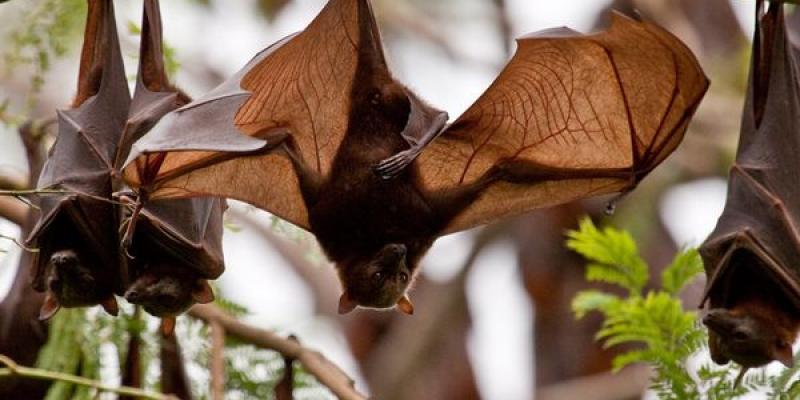One Way Vent Bats In Attic

Bats are silent flyers but sometimes when they re in your attic they can be heard.
One way vent bats in attic. Leave no fissure that the attic bats can breach. Use hardware cloth to to seal off the ridge louver and attic vents as well as the chimney inlets. You should start with using an exclusion device covered in this guide and a combo of bright floodlights essential oils sound generators and possibly some hanging ornaments foil or mirrors. Rotten shingles gaps in the framing or space between the eaves and the walls can lead to bats finding their way inside.
One way bat door is one of many humane bat removal products that claim success in evicting bats from a structure. If you find yourself up against a massive colony of bats in your attic you may want to contact a wildlife removal expert to help with exclusion doors and traps as well as proper sealing and cleaning. They can install metal all the way around the entire perimeter of the house to cover that small gap. Like every other kind of animal bats are looking for a place to live that offers them shelter and peace and quiet and your attic is the perfect location.
Ridge vents are a common entry point for attic bats. Bats can also get into attics through damaged roofs. If you go up into your attic and see daylight around the outer edge of your attic that s the gap. The rule of thumb is to seal up all passages that exceed an inch which means that once out the bat can t come back in.
In such cases you can hear them trying to escape the area they re trapped in. You hear sounds in your attic. However if you already have a bat a problem in your attic use a variety of methods to drive them out. This bat eviction tool has three options to fit over a common bat entry point such as gable vents soffit returns ridge vents brick openings frieze boards and other construction gaps.
It fits across the top slightly up under the roof singles so it isn t really visible. Bats are usually heard when one or more of them have become trapped somewhere in your attic or behind the walls. They allow bats out of but not back into a structure as part of a live bat exclusion. Some bats will follow the warm air and crawl inside the vent often making it all the way to the attic.
Again a gap can be quite small and bats will still fit through it. Including the bat cone or the one way bat exclusion device such products all work in the same way.














































